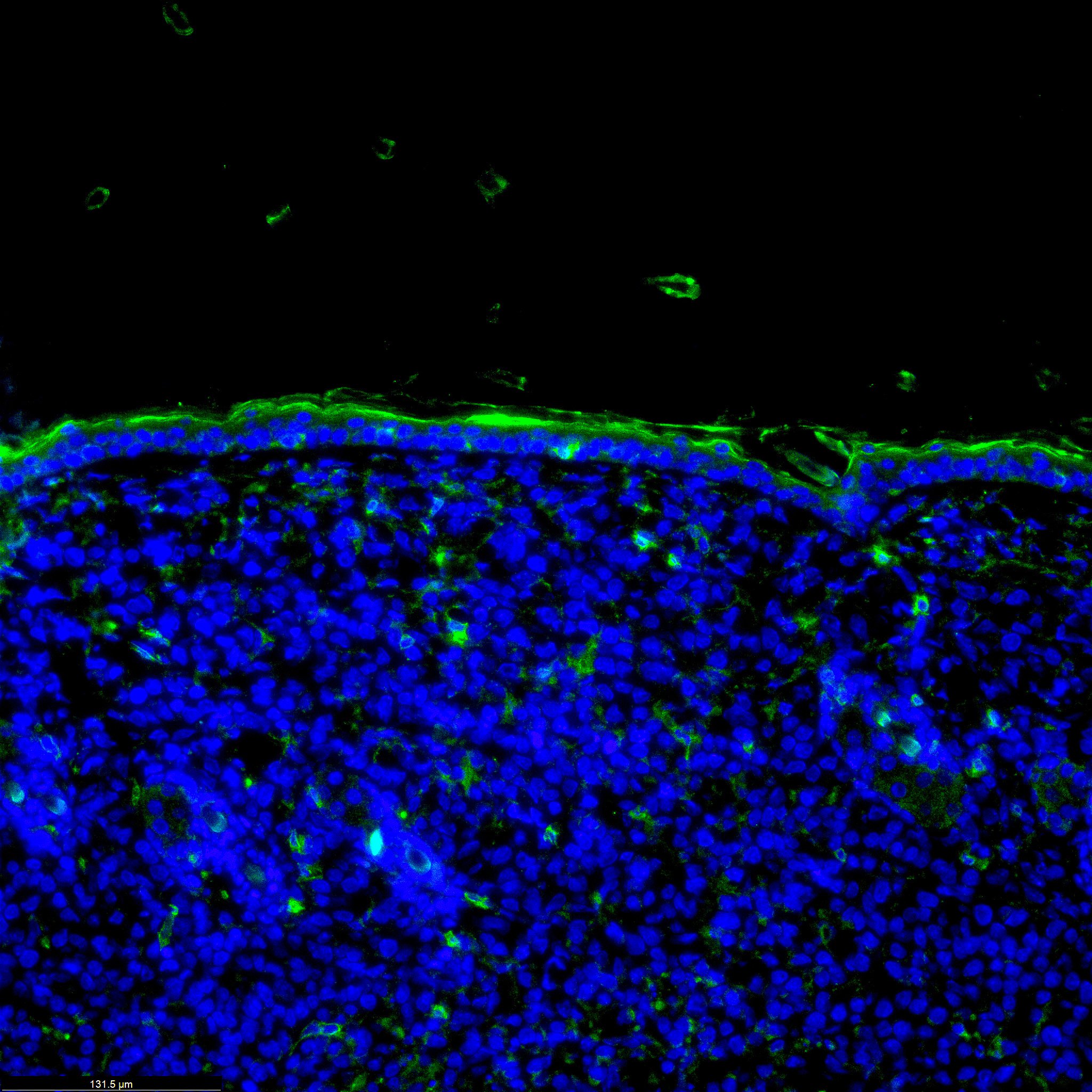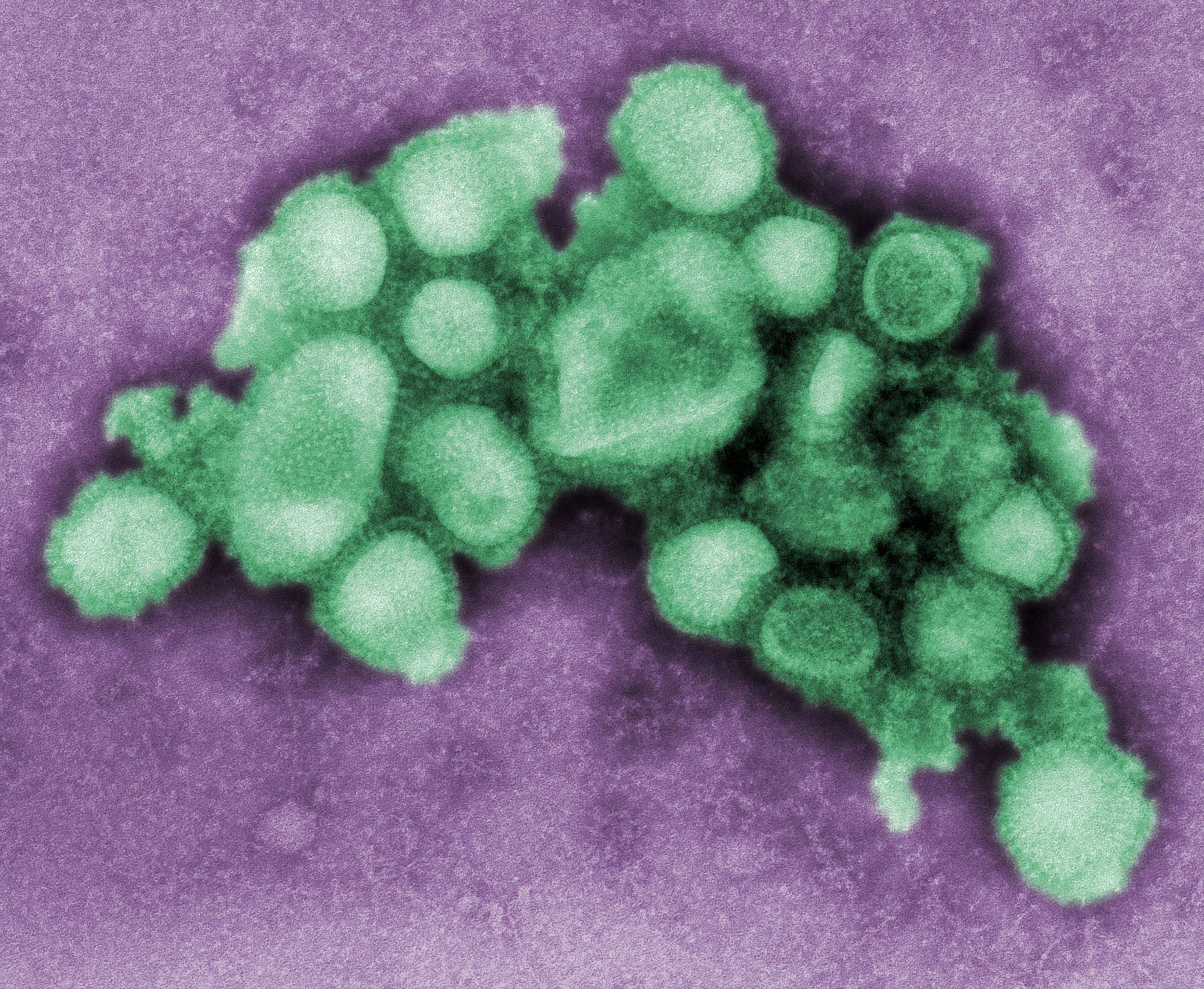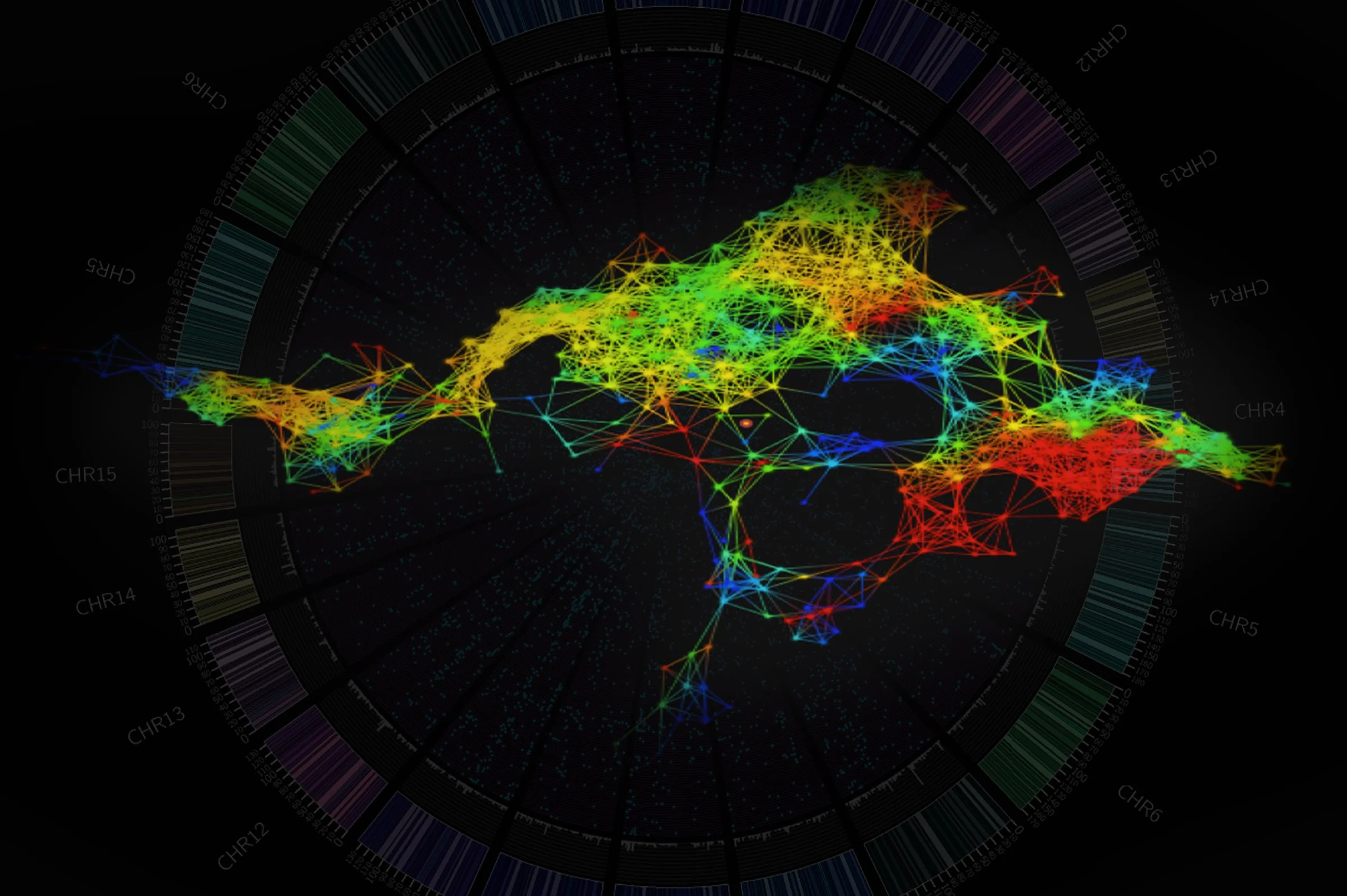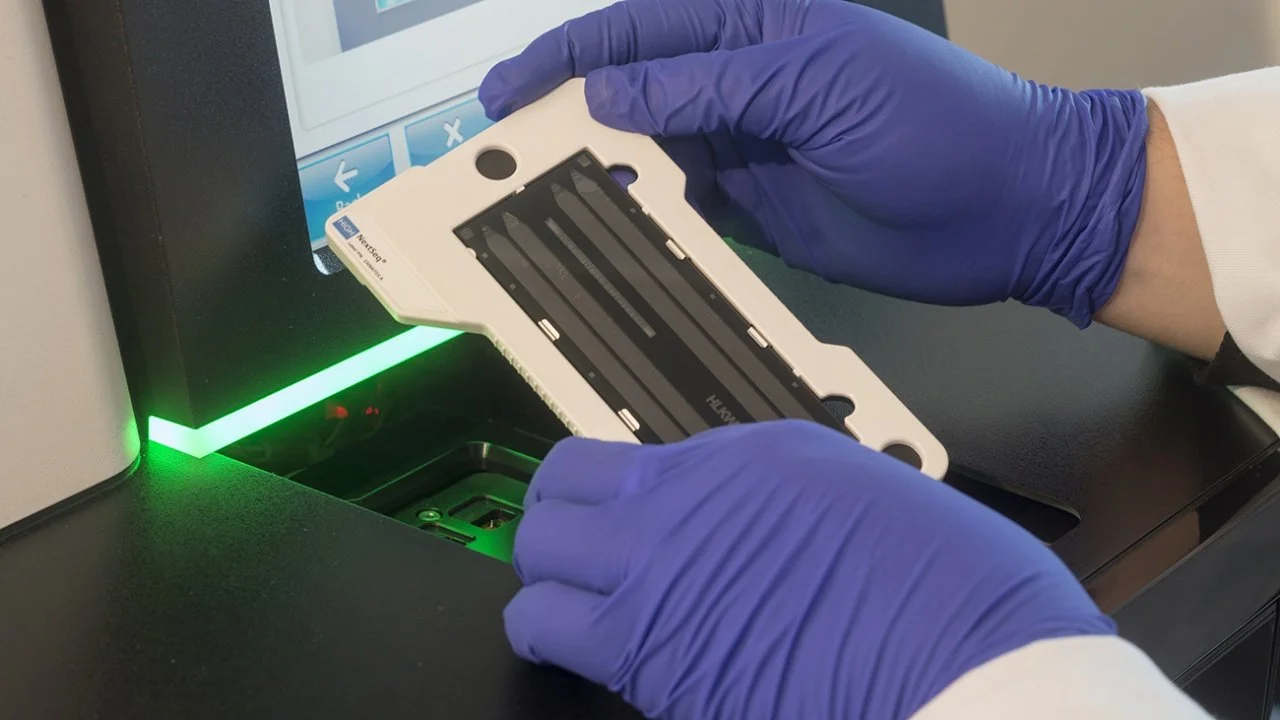

About
Rabadan Lab
The last ten years have witnessed a revolution in the acquisition of high throughput data in almost every aspect of biological and biomedical science. Examples of the vast reach of this revolution are manifold, from personalized genomics to electronic health records. Future progress in biomedical science and clinical care will rely heavily on the generation of meaningful knowledge from the integration of distinct sources yielding vast amounts of data—a challenge dubbed “big data.” In light of the growing amount of relevant data, it is becoming increasingly evident that most diseases are not the result of single genetic alterations but instead derive from complex interactions between multiple factors (genetic, environmental, etc.). In order to disentangle the relevant factors leading to disease in a statistically robust way, large numbers of samples and high throughput techniques are necessary.
Swine Flu virus
A/CA/4/09
Histology of a Glioblastoma Multiforme (GBM)
Covid-19 virus
These data are presently being generated by large projects providing an opportunity to transcend a single lab approach and form a bigger picture of the problem. However, analyzing the huge amount of data generated by these technologies, and integrating this with other data sources, demands strong quantitative approaches and a solid understanding of the scientific aspects of the specific biological/clinical questions. These new approaches generate new questions that are not in the realm of traditional biology and could potentially illuminate innovative new paths to problem solving.
Covid-19
Virus
Our main scientific interests lie in modeling and understanding the dynamics of biological systems through the lens of genomics. We are a very interdisciplinary team of mathematicians, physicists, engineers, biologists, and medical doctors with a common goal of solving pressing medical problems. We are currently focusing our work on:
Cancer. Genomic technologies provide an extraordinary opportunity to identify mutations that contribute to the development of tumors. We are mapping the evolution of cancers and uncovering the mechanisms of response or lack of response to multiple therapies. We work with clinicians and experimentalists all around the world.
Infectious diseases. Evolution is a dynamic process that shapes genomes. Our team at Columbia is developing algorithms to analyze genomic data, with a view to understanding the molecular biology, population genetics, phylogeny, and epidemiology of viruses. We are interested in the emergence of infectious diseases, pandemics and uncovering the mechanisms of adaptation of viruses to humans.
Electronic Health Records. Clinical databases constitute a rich and complex source of raw data. We are using the power of statistics and computers to tease out important clinical patterns in these diverse, important datasets. Combining molecular and clinical data illuminates some of the mechanisms underlying complex diseases.
In particular, we develop mathematical, statistical, and computational approaches, which cover the analysis of high throughput data right through to the altogether more abstract identification of global patterns in evolutionary processes.
Tumor Immunofluorescence
Topological Analysis
and Understanding the Structure of Genomic Data
The three main global questions that we are addressing are:
Identify of driver mechanisms of evolutionary processes: what are the specific genetic alterations that contribute to genesis, progression and spread?
Reconstruct the history and characterizing the dynamics of progression: what is the evolutionary context within which alterations occur? How do different selection pressures determine genetic alterations?
Uncover the combinatorial patterns of alterations that drive the evolutionary process.
Please check the latest
research & publications
from our group.
Genome,
Exome,
and RNA Sequencing
High-Throughput Screening
Computing Cluster
A ‘Top500’ Supercomputer
"Philosophy is written in this vast book, which lies continuously open before our eyes (I mean the universe). But it cannot be understood unless you have first learned to understand the language and recognize the characters in which it is written. It is written in the language of mathematics, and the characters are triangles, circles,and other geometrical figures. Without such means, it is impossible for us humans to understand a word of it, and to be without them is to wander around in vain through a dark labyrinth."
– Galileo Galilei, Opere 6:232
Columbia University Medical Center
622 West 168th Street
Columbia University Medical Center
622 West 168th Street
Who is @ Rabadan Lab?
We have a group of amazing people .












